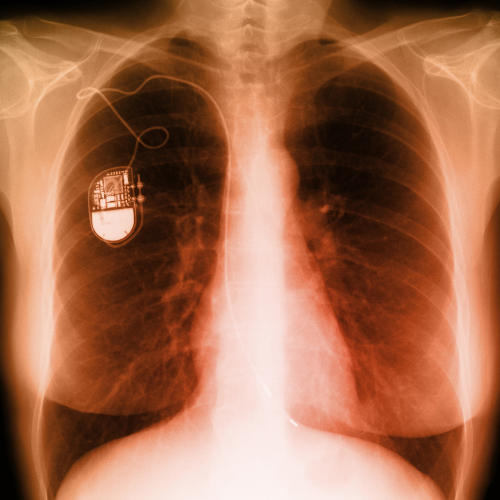From Architecture to AI-Powered Building Diagnostics: Tarek Rakha’s start-up story
10 June 2025
Published online 25 June 2018
A very flexible and attachable gel gives off different electrical signals as it changes shape.

© PhotoDisc/ Getty Images
This could lead to applications in wearable electronics, soft robotics, and point-of-care health testing and monitoring.
The hydrogel was made by a team of researchers at King Abdullah University of Science and Technology (KAUST) in Saudi Arabia by combining ‘crystal clay’, a low-cost hydrogel commonly used in toy manufacturing, with MXene nanosheets.
“The most significant finding was that the MXene-based hydrogel responded differently to compressive and tensile [stretching] forces,” says KAUST materials scientist Husam Alshareef, who led the research. “It also responded differently to forces applied in different directions and at different speeds. This allows the composite hydrogel to sense complex movements."
MXenes are a relatively new class of highly conductive 2D inorganic compounds that are showing promise in electrochemical energy storage devices. But until this study, limited research has been done to investigate their potential in sensing applications.
Combining crystal clay with MXene nanosheets led to the creation of three-dimensional connections between the nanosheets on the one hand, and the hydrogel’s polymer chains and water on the other. This made the new ‘M-hydrogel’ significantly more stretchable.
Whereas normal hydrogel is less than 2200 percent stretchable (from about 2.5cm to about 55cm in length), the M-hydrogel was 3400 percent stretchable (from 2.5cm to more than 86cm in length).
Also, breaking a piece of the M-hydrogel into two and then gently reattaching it led to instantaneous ‘self-healability’, where no signs of weakness due to the initial break were demonstrable following stretching. Stretching reconnected normal hydrogel leads to mechanical weakness and then failure at the point of attachment.
The team also found that compressing the M-hydrogel led to less separation between the MXene nanosheets, making them more likely to make contact with each other, thus increasing electrical conductivity within the hydrogel.
Stretching it, on the other hand, increased the spacing between the MXene nanosheets, increasing the M-hydrogel’s electrical resistance. This means that the electrical signals change as various pressures are applied to the M-hydrogel. So, for example, placing the M-hydrogel on a person’s Adam’s apple led to differently looking electrical signals based on the letter pronounced.
This property could lead to an application that helps people understand the vocally impaired.
Also, differently-looking electrical signals occurred when two people wrote the same word on top of the M-hydrogel. This could lead to anti-counterfeiting applications.
Alshareef and his team are now building prototypes of the M-hydrogel for coating onto implantable devices, like pace makers, that can be remotely charged using an ultrasound source, without having to remove them from the body.
“We are also studying the application of this material in a wide variety of applications, including biosensing, drug delivery, haptic feedback for soft robotics, tremor sensors, and triboelectric nanogenerators [energy harvesting devices]," says Alshareef. "The potential is actually huge. Only with further studies will we know the most commercially viable pathway for this material."
doi:10.1038/nmiddleeast.2018.68
Stay connected: